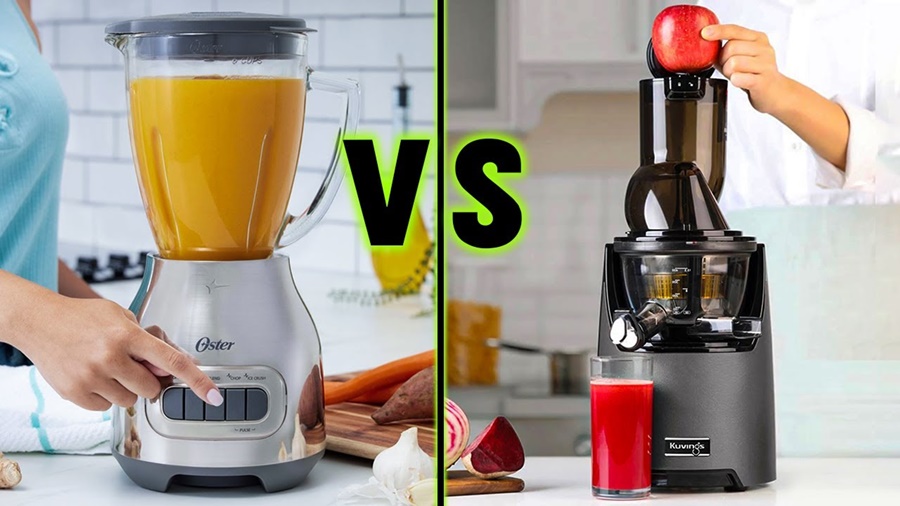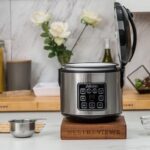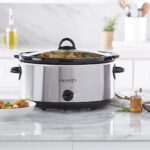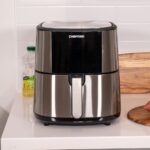When it comes to weight loss, nutrition and food preparation methods play a critical role. Among the most popular tools for health enthusiasts are juicers and blenders. Both appliances can aid in weight loss, but they function differently and offer unique benefits. In this comprehensive guide, we will examine the key differences, benefits, drawbacks, and weight loss effectiveness of juicers vs blenders to help you make the best decision for your health journey.
Understanding the Basics: What is a Juicer vs. a Blender?
Juicer: Extraction for Concentrated Nutrition
A juicer extracts liquid from fruits and vegetables, separating the juice from the pulp. The result is a thin, nutrient-dense liquid free of fiber. There are two primary types of juicers:
- Centrifugal juicers – Faster but slightly less efficient at extracting nutrients.
- Masticating juicers – Slower, but retain more nutrients due to minimal heat and oxidation.
Blender: Whole-Food Processing for Fiber-Rich Smoothies
A blender pulverizes fruits, vegetables, and other ingredients into a thick, fiber-rich smoothie. Nothing is removed — you consume all parts of the plant, including the pulp and fiber, resulting in a thicker, more filling beverage.
Juicer vs Blender for Weight Loss: Core Differences
1. Nutritional Density and Satiety
- Juicers produce a juice that is nutrient-dense but lacks fiber. This can result in quicker absorption of vitamins and minerals but also causes a faster spike in blood sugar, especially if fruit-heavy.
- Blenders retain fiber, which slows down sugar absorption, keeps you full longer, and improves digestion and gut health — essential components of sustainable weight loss.
Verdict: For long-term satiety and stable blood sugar levels, blenders are superior.
2. Caloric Control
- Juices are low in fiber and can be calorie-light, especially when made from leafy greens and vegetables.
- Smoothies may contain more calories due to added ingredients like bananas, nut butter, oats, or yogurt, which may work against your weight loss efforts if not monitored.
Verdict: For low-calorie intake, especially during intermittent fasting or detox, juicing can be effective — provided you monitor sugar intake from fruits.
3. Speed and Convenience
- Juicers often require more prep (peeling and chopping), and cleanup is more time-consuming due to pulp waste.
- Blenders are quicker to use, easier to clean, and allow for more versatile recipes — from protein shakes to green smoothies to meal replacements.
Verdict: Blenders win for convenience and versatility.
4. Fiber Content and Digestive Health
Fiber is essential for:
- Weight management
- Appetite regulation
- Colon health
- Blood sugar balance
Since blenders retain the entire food content, including soluble and insoluble fiber, they support digestion and keep you feeling full longer. Juices, lacking fiber, may not offer the same digestive benefits.
Verdict: For fiber retention and gut health, the blender is the clear winner.
5. Detoxification Claims
Many claim that juicing helps detoxify the body. While it’s true that juices are rich in antioxidants, the body’s liver and kidneys already do an excellent job of detoxing naturally. Juices may aid by reducing inflammation and giving the digestive system a short break, but there’s no medical consensus that juicing alone “detoxes” the body.
Verdict: Both methods support detox efforts when used smartly — but neither is a miracle detox tool.
6. Weight Loss Results: Real-World Effectiveness
- Juicing can lead to rapid initial weight loss, often due to a drop in water weight and caloric intake. However, it’s rarely sustainable due to hunger and lack of macronutrient balance.
- Blending, especially when used to create balanced smoothies with protein, healthy fats, and fiber, supports gradual, sustainable fat loss.
Verdict: For sustainable weight loss, blenders offer better long-term results.
Best Ingredients for Juicing for Weight Loss
When juicing, avoid overloading on high-sugar fruits. Focus on:
- Cucumber – Hydrating and low in calories
- Celery – Anti-inflammatory and filling
- Spinach and kale – Nutrient-dense with minimal calories
- Lemon and ginger – Boost metabolism and flavor
- Green apple (limited) – Adds sweetness with less sugar
Best Ingredients for Blending for Weight Loss
Blending allows you to add protein, fiber, and healthy fats:
- Spinach or kale
- Chia seeds – High in fiber and omega-3s
- Unsweetened almond milk
- Greek yogurt or protein powder
- Avocado – Healthy fat that aids satiety
- Berries – Low in sugar and high in antioxidants
- Banana (half) – For creaminess and potassium
When to Choose Juicing Over Blending (and Vice Versa)
Choose Juicing When:
- You want a quick nutrient boost.
- You’re doing a short detox or cleanse.
- You’re looking to reduce calorie intake quickly (short-term).
Choose Blending When:
- You need a meal replacement.
- You’re aiming for long-term fat loss.
- You want to maintain fiber intake for gut health and satiety.
- You need balanced nutrition including protein and fats.
Pros and Cons Summary: Juicer vs Blender for Weight Loss
| Feature | Juicer | Blender |
|---|---|---|
| Fiber Content | Removed | Retained |
| Satiety | Low | High |
| Calorie Control | Easier to limit | Can add up quickly |
| Digestive Support | Minimal | Excellent |
| Ease of Use | More prep and cleanup | Quick and versatile |
| Weight Loss | Fast, short-term | Slow, sustainable |
| Cost | Often more expensive | Generally more affordable |
Our Recommendation: Which is Better for Weight Loss?
If your goal is quick results, such as shedding water weight or preparing for a cleanse, juicing might be a short-term solution. But for those committed to long-term fat loss, balanced nutrition, and gut health, blending offers more benefits.
That said, you don’t have to choose just one. Many successful weight-loss regimens combine juicing and blending — using juices for morning detox and smoothies for lunch or post-workout recovery.
Ultimately, the best choice depends on your personal goals, lifestyle, and nutritional needs.
Conclusion
Whether you choose a juicer or a blender, the key to weight loss is consistency, mindful eating, and balanced nutrition. Incorporating either method into a healthy lifestyle can be effective — but the most powerful results come when these tools are paired with whole-food meals, physical activity, and hydration.
Choose the method that fits your schedule, budget, and satiety needs — and remember that no single tool is a magic bullet for weight loss. The real transformation happens with sustained, healthy habits.








Leave a Reply